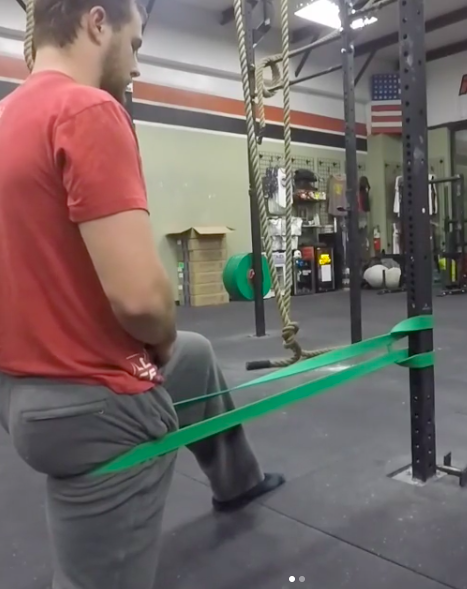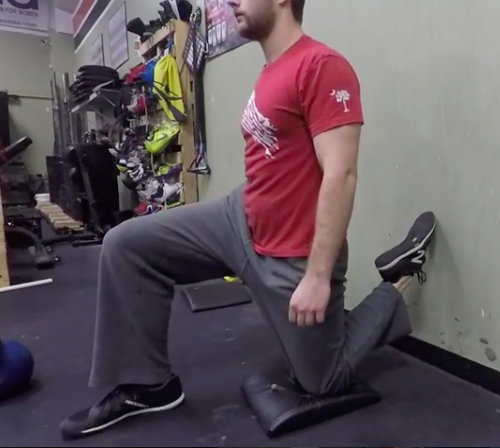Most of us have an idea of our limitations if we have been in the gym for a while. We might think we have limited range of motion in our hips, calves, or shoulders. Most often we find out by getting injured or we receive constant and consistent cueing by different coaches for issues we just never seem to be able to fix.
With that, we often get mobility drills thrown at us to do on our own. While these are great, it’s important that we find exercises that actually work for us. Rather than laying on a foam roller for 15 minutes hitting all our “tight areas”, we want to have a warm-up that will WORK for us. We don’t want to waste time at the start of the workout doing countless exercises and stretches without knowing they are doing anything.
[thrive_leads id=’9063′]
Instead, we need to adopt a test, re-test model in our mobility work. We need to do certain movement patterns before and after our mobility drills to see if there is change.
There are two types of change that we are looking to measure.
Measuring Change in Range of Motion
The first type of change is actual measurable change in range of motion. If we are dealing with an area that is truly limited by soft tissue or joint immobility, most of the time we should be able to make a change that session. It may not be a huge change but we should have some change. If not, how do you expect to make change in the future? Do you think that it will just get there magically while you are sleeping? No. You need to make small changes every session over time. But if you are not making change in the session doing the drill/stretch, then it may be worth looking into other techniques.
It can be easier to see change in less complex movement patterns. For example, the squat may be hard to see if your mobility pattern for the ankle or hip is better. It may be easier to see change in a half kneeling position or even when laying on the floor. If your goal is to measure change in mobility, have something that is easy to test and re-test and get concrete evidence that you moved further.
Measuring Change in Perception
The second type of change is perception. This one is VERY important. While I do agree that we should see an actual change in range of motion, perception is important too. How does the movement pattern feel? Does it feel restricted? Can you take a deep breath at the end range? On a scale of 0-10, how comfortable does that movement feel? Are these tissues tender throughout the range of motion?
Tissues should not be tender to light compression (unless you have DOMs the day or two after a workout). If you have an area that is always lit up, you need to address it with some soft tissue work to desensitize the area. I would also look at the joints/connective tissue above and below that to make sure you have adequate mobility and stability there. We often see overused tissues because they are taking over more roles and responsibilities that are not their job.
Once you have finished your session ask yourself the same questions you did before you started? How does this movement pattern feel now on a scale of 0-10? Can I take a deep breathe at the end range? Etc.
When working with mobility drills I cannot stress to you the importance of the breathing. If you are not able to control your breath throughout the movement, then you do not own the movement. While doing your mobility work, take full breaths through your belly! Make sure to use a longer exhale than you inhale. During your long exhale you will be able to relax and sneak deeper into your end range of motion.
Once you have tried this, you will have a better understanding of what mobility drills work for you and what doesn’t. Give it a shot with numerous drills and then pick your top 5-10 and alternate what you do each day to give you some variety. And do these mobility drills all out. Do not do them passively. Treat them like your max effort work! If this is a weakness for you, treat it hard.
[thrive_leads id=’8207′]

